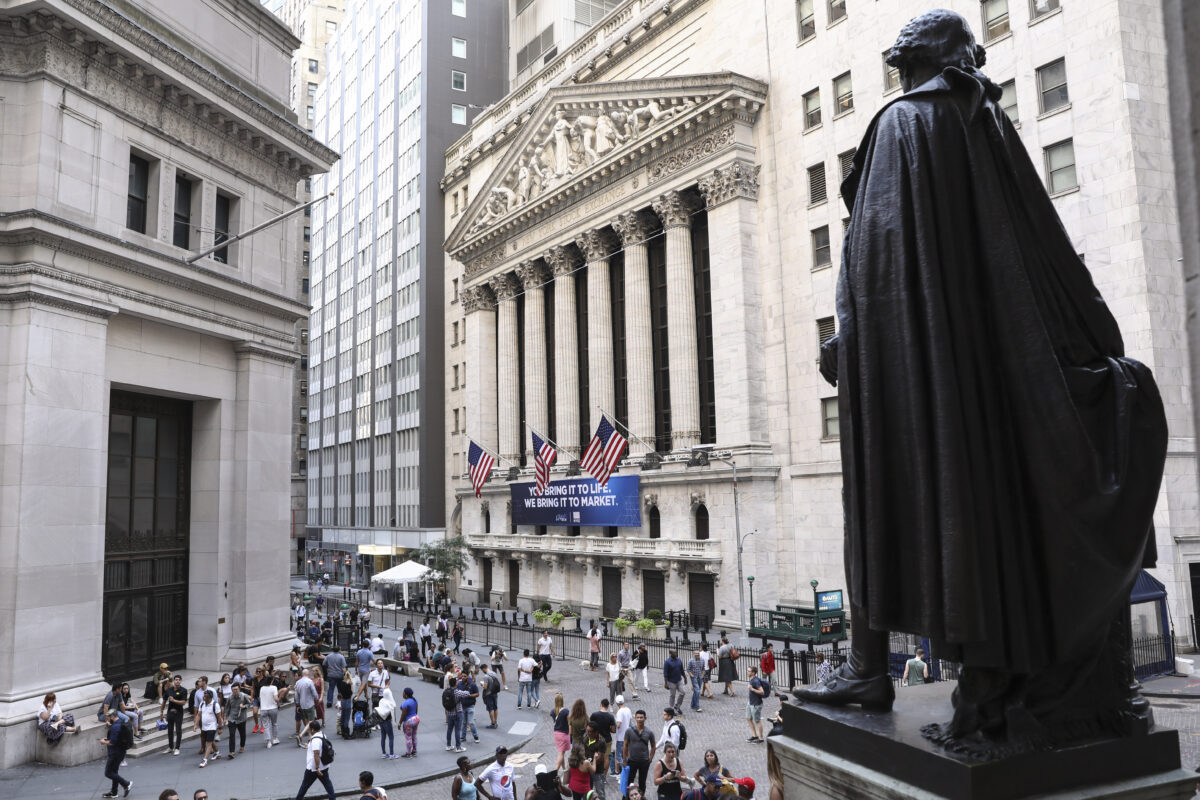
Explaining Stock Market Volatility, a Sophisticated Tool Anyone Can Understand
Commentary There has been much discussion recently about the increase in U.S. stock market volatili..
Commentary
There has been much discussion recently about the increase in U.S. stock market volatility.
And this month is the 300-year anniversary of one of the most important historical examples of a bubble bursting. In 1720, many in England lost large fortunes after the stock price of the South Sea Co. fell dramatically. Such “bubbles” always have a justification, and for the South Sea Co., it was the potential for profit from exclusive trading rights with Spains colonies in South America and the West Indies.
Profits were expected to grow quickly and maintain that growth trajectory for a very long time. When that growth proved unsustainable, the price for the companys shares came crashing down.
Bubbles are hard to understand. At least we now have financial technology available to help us understand the fears and concerns of some market participants.
Financial Technology
Financial technology, to an old-timer like me, has two meanings. The new meaning of “fintech” refers to being able to buy stocks, bonds, gold, or digital currency on your smartphone or doing other financial things with new devices. While fintech is an interesting new industry, thats not what I refer to here.
Financial technology, in this case, refers to innovations in markets themselves. By way of example, one of the most important financial technology developments in the past 100 years is the ability of banks to sell the mortgages they own to groups of buyers outside the banking system. They not only can share in the risk and reward of receiving those mortgage payments, but also free up banks capital to be redeployed to lend to new potential homeowners, bolstering homeownership.
Homeowners have been shown to be more engaged in their local communities than renters.
Financial Technology and the VIX Index
We now have the financial technology to understand what “the markets” are saying they believe about potential volatility over the subsequent 30 days.
The math for volatility isnt straight-forward—it isnt a matter of simple multiplication or division. But we know that people who buy insurance on the entire stock market basically are willing to pay enough to limit volatility over the following month to an annualized rate of 27 percent.
This is how it works: The S&P 500 Index is a widely recognized index of about 500 of the largest companies trading on U.S. stock markets. It is compiled by an independent company, Standard & Poors, and therefore has an additional level of credibility as a measure for the overall stock market.
When stock market investors worry that the overall stock market might decline in the short term, they buy the functional equivalent of insurance.
Buying a “put option” is that functional equivalent.
On Sept. 13, the S&P 500 Index was at 3,341. Meanwhile, the reported “put option” price listed on the Chicago Mercantile Exchange for the right to sell the S&P 500 at 3,340 at the end of October was $120. In other words, in exchange for spending $120 on Sept. 13, I would gain the right to sell one unit of the S&P 500 index at 3,340, no matter how much it falls. (The explanation here is kept simple. To learn more, readers are encouraged to go to the CME Group website for a full explanation of contracts for options on S&P 500 futures contracts and to the CBOE website for an explanation on VIX contracts.)
Simplistically, lets assume I own the S&P 500 index (maybe through a mutual fund). If I buy my put option and the stock market goes up, then I keep my investment in my mutual fund tied to the S&P 500 index and I allow my option to “expire” worthless.
So getting the insurance, in hindsight, might seem to have been a bad idea. The $120 I spent on the option “premium”—the language is the same as for insurance—was wasted.
But, similarly, I hope my car insurance premium and my health care insurance premium also prove to be wasted this year. I dont want my insurance company to spend money fixing my car nor on nursing me back to health. Id rather not get in a car accident or get sick.
However, if the stock market goes down, the option I bought for $120 gives me the right to sell a unit of the S&P 500 index at 3,340.
If the stock market goes down to 3,330—i.e., if the S&P 500 Index goes down 10 points—I can exercise my option and sell at 3,340—10 points higher—and immediately use the proceeds to buy back my mutual fund and put the $10 in my pocket.
Now, pursuing such a strategy would quickly prove a really bad strategy—I just spent $120 to save me $10—“wasting” $110 per unit of S&P 500 index I was protecting.
However, if the stock market—as measured by the S&P 500 index—falls by more than $120 during the six weeks between the time I bought my put option and when it expires—then my insurance was a good investment.
For these reasons, you can see why folks will use put options very disRead More – Source

